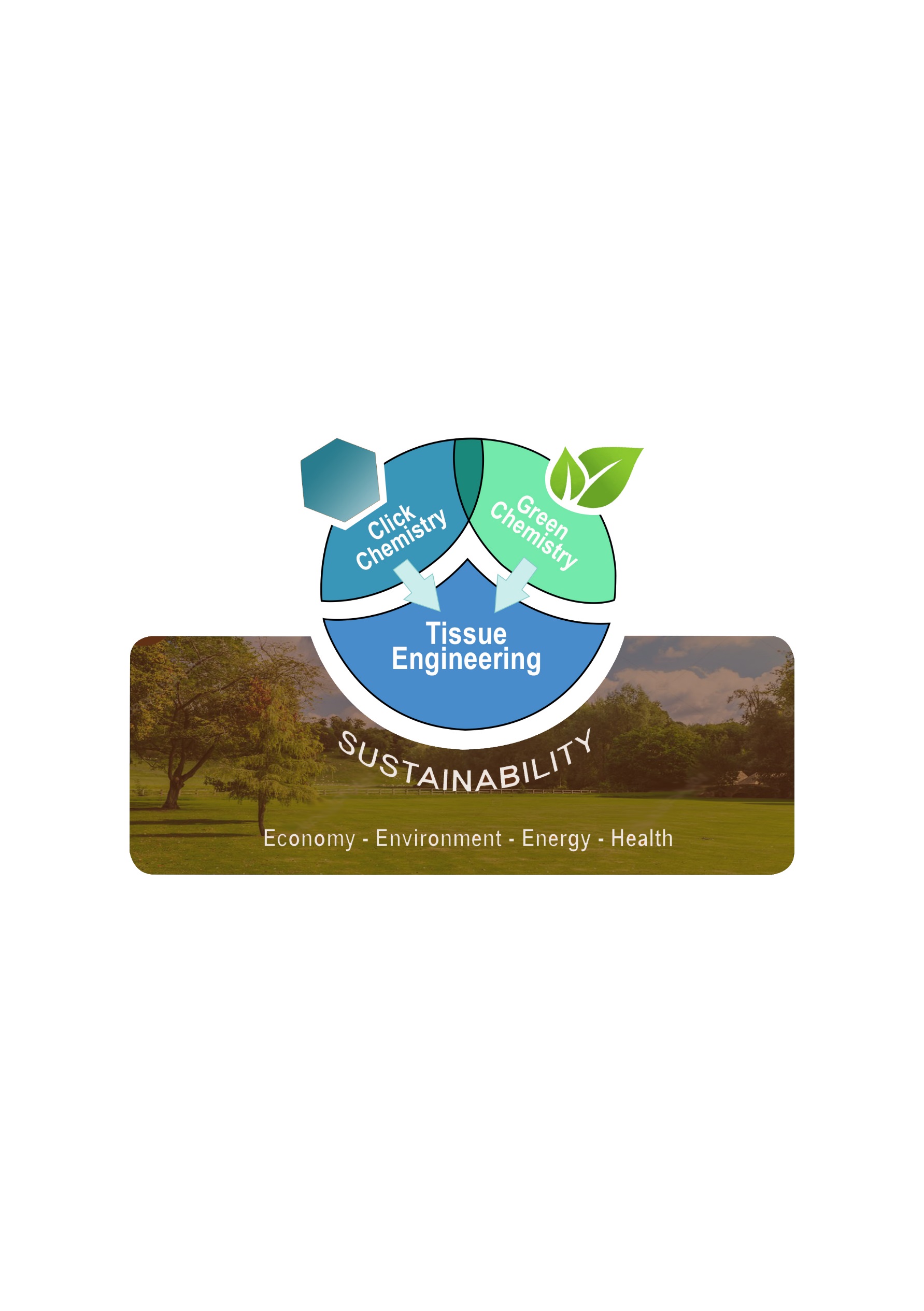
Published 2019-12-16
Keywords
- tissue engineering,
- click chemistry,
- green chemistry,
- biomaterial
How to Cite
Abstract
Tissue engineering is a strategy to improve or replace biological tissues and organs approached by an engineering point of view, thus combining the principal elements of tissues/organs (i.e. cells, scaffolds and bioactive molecules) as rebuilding a machine starting from its components. The concept of tissues and organ generation/regeneration has always impassioned mankind. Starting from Biblical report of Gen1, in which God built up a woman from the rib of Adam. And again, the Greek myth of the titan Prometheus who created humans from clay and who arise as emblem of regenerative medicine since he was punished to be chained to a rock where every day an eagle pecked out his liver which regenerate each night. Thanks to advances in biochemical, technical, medical knowledge many progress have been achieved in this field. Indeed the recent successful efforts to create biomaterial scaffolds have attracted a great deal of interest. The recent philosophy of click chemistry to generate or functionalize synthetic scaffold to obtain more biocompatible materials and the introduction of green chemistry focused on minimizing the use of hazardous substances will give a new twist to tissue engineering and will open up new fascinating and promising utilization.




